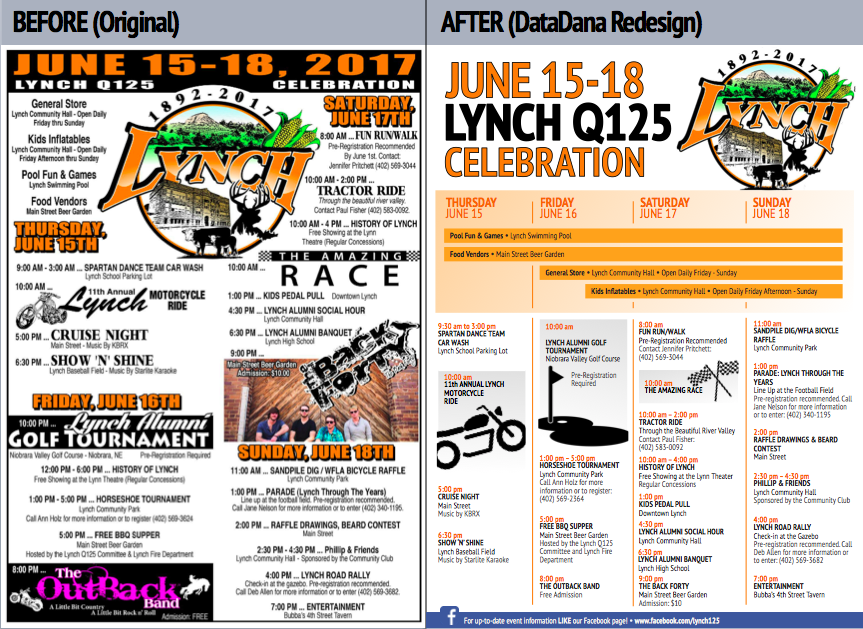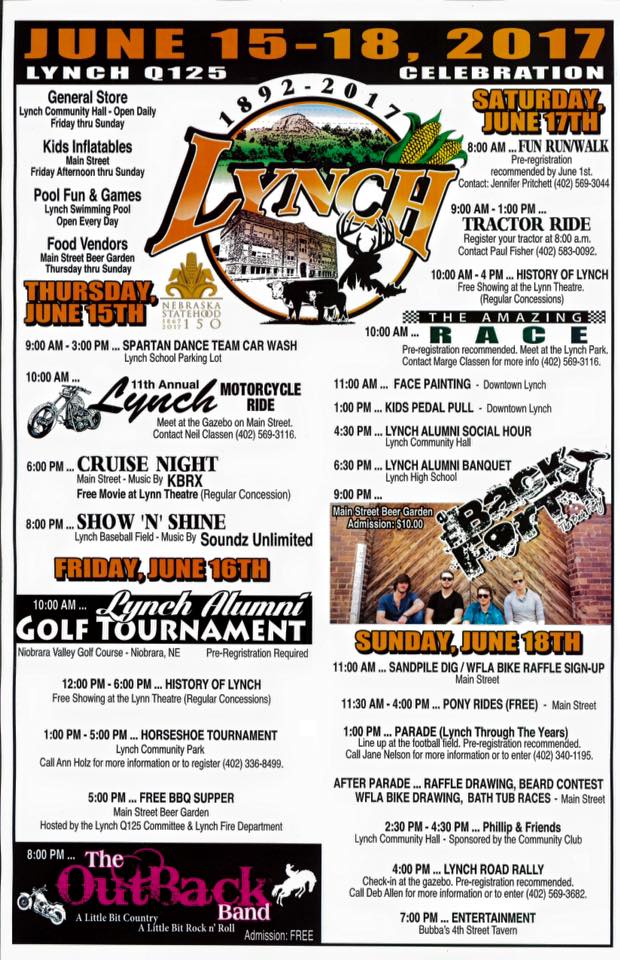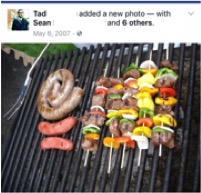For being such a self-proclaimed data geek, I am surprisingly inept at fantasy football. Since 2012, I’ve been in the same ESPN Fantasy League, named “Game of Throwin’s” (applaud our commissioner Megan on this amazing pun). My cumulative record is an abysmal 24-43-3.
As a believer in statistics, I’ve always used the projections to optimize my roster – i.e, for drafting and setting my weekly lineup. I start the season off with a decent team. My starters generally outscore my bench. But I realized that, basically, once my starters get injured or underperform, I’m scraping the bottom of the waiver wire barrel to fill my roster. Ergo, my team always gets worse as the season progresses.
This week, I’m trying something new. I’m going to attempt a trade!!!! I’ve never actually initiated one before. Never? It’s true! I blame this on the ESPN app’s subpar information design. Fantasy apps in general do not a dang thing to suggest trades that might be beneficial. You just have these lists of names and projection numbers. There’s no way to look at all the information, all at once, in a meaningful way. It’s impossible for me to (1) see which of my positions are strong vs weak, and (2) simultaneously which of my league-mates have complementary strengths/weaknesses.
So I took our Game of Throwin’s rosters and joined it with publicly available fantasy football statistics, using data as of Week 4. My hope was that “seeing” it all in one place would help me more easily evaluate potential win-wins (and, ultimately, propose a trade that my league-mate would actually accept).
But this viz started to make me curious. How is it possible that Breitbart Starr has the highest performing roster in the league, but hasn’t won a matchup yet? Is it poor starting lineup management? How come Zeke Is Free looks average, but is undefeated? (And is en route to beating me this week…) Perhaps it’s more important that you have high-scoring stars who drive your starting lineup, versus a stockpile of better-than-average players, one-third of whom just sit on the bench anyway?
I played around with the data a bit more. I took all of the players who appear on our rosters and, by points-per-game, assigned each to a “scoring quartile.” So, at one end, the top 25% of players with the highest points-per-game will be in the Upper Quartile; at the other end, the lowest 25% will be in the Lower Quartile. That’s what you see here:
Then, I looked to see how each team stacked up in terms of how many high-performing players they had. Maybe this is a better predictor of our league standings?
Welp. Inconclusive, huh?
OK, I do think I can make sense out of these analyses. I see the trend. Fantasy football performance is a freakin’ crapshoot. Maybe record and effort are unrelated. (Hey, Dana. Rationalize much?)
Readers, I promise to embark into the wild west of trade proposals. ESPN’s app didn’t make this easy, so I hope my data viz efforts pay off.
Any other ideas how I can use data and visualization to improve my performance? ANYTHING? PLEASE??? Comment below, y’all.
-Dd
 Obviously, I have my own Grog Log – which, to give you a visual, is just a sheet of paper, with my name on it, where the bartenders check off the drink when you order it. It’s kept in a plastic sheet protector, in a plastic file bin, on the bartop. Check it out, in all its glory (right).
Obviously, I have my own Grog Log – which, to give you a visual, is just a sheet of paper, with my name on it, where the bartenders check off the drink when you order it. It’s kept in a plastic sheet protector, in a plastic file bin, on the bartop. Check it out, in all its glory (right).



